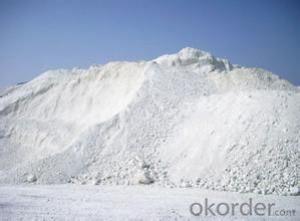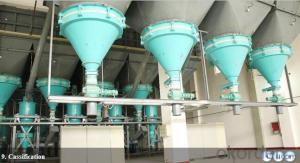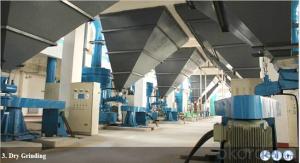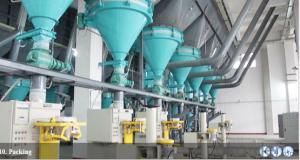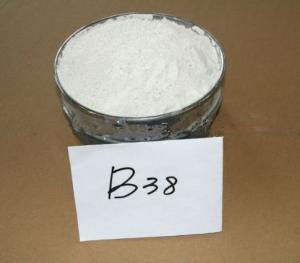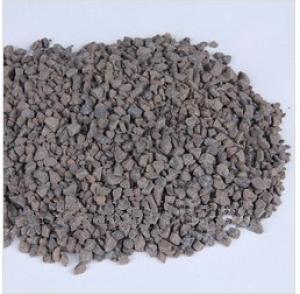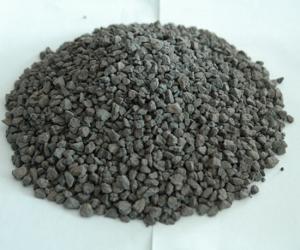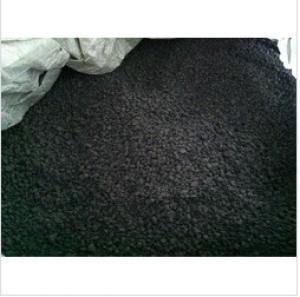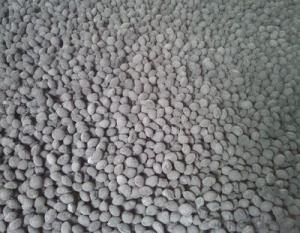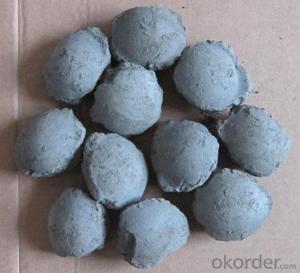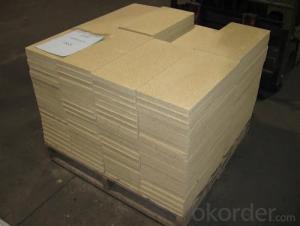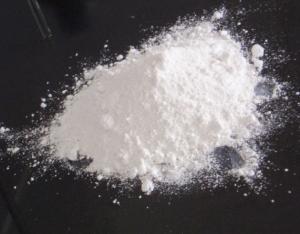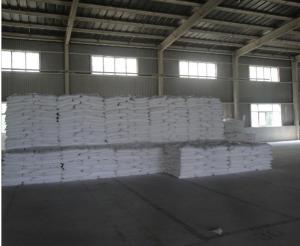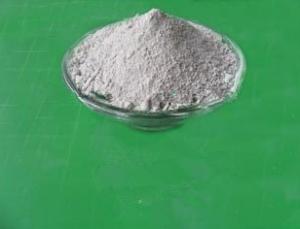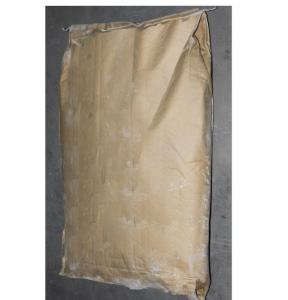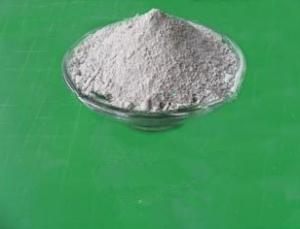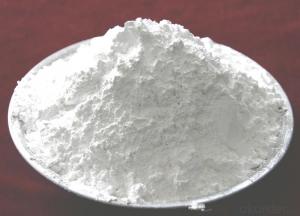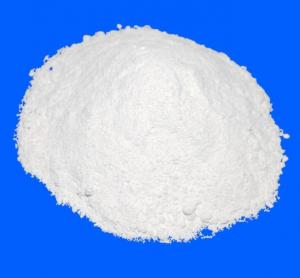HIGH REACTIVITY METAKAOLIN FOR CEMENT INDUSTRY
- Loading Port:
- Tianjin
- Payment Terms:
- TT OR LC
- Min Order Qty:
- 25 m.t.
- Supply Capability:
- 12000 m.t./month
OKorder Service Pledge
Quality Product, Order Online Tracking, Timely Delivery
OKorder Financial Service
Credit Rating, Credit Services, Credit Purchasing
You Might Also Like
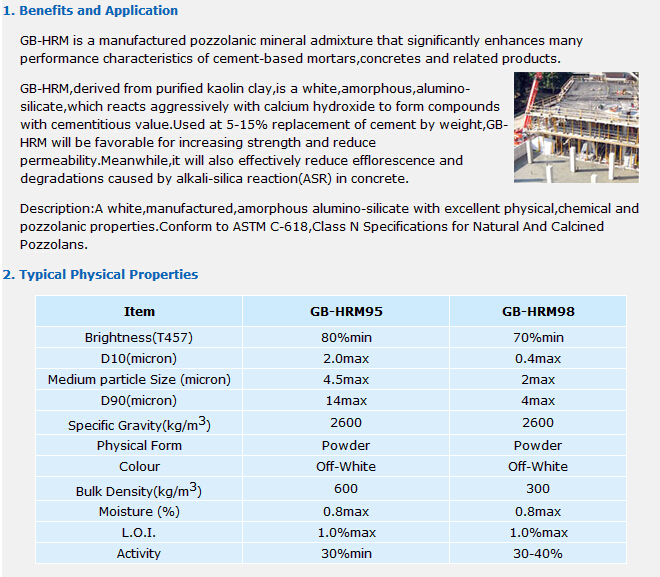

4.Application
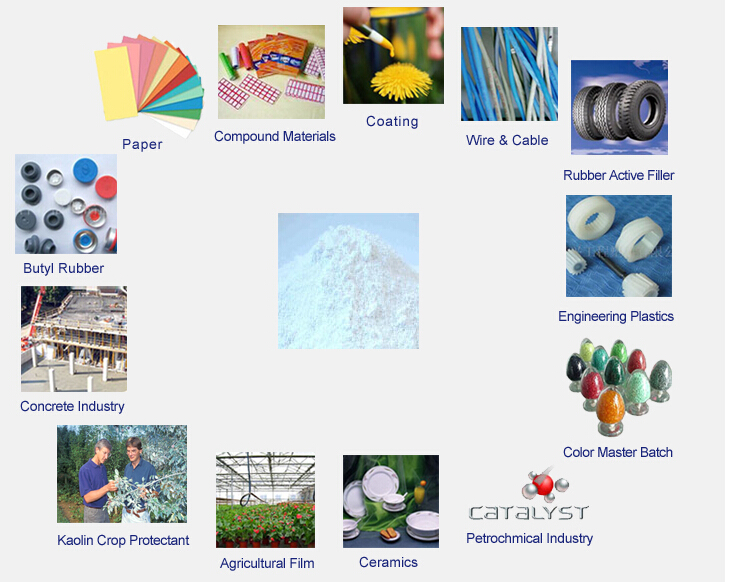
- Q:How to distinguish kaolin?
- It is a used porcelain porcelain, also called white clay, commonly referred to as gaoling. The chemical formula for kaolin is Al2O3 (alumina) 2SiO2 (silica) 2H2O (water). That is to say, kaolinite is hydrous silicate. Secondly, kaolinite does not dissolve in water. Other than hydrofluoric acid, it can not be dissolved by other acids, which is one of its characteristics. To distinguish kaolinite, mineral analysis methods can also be used. In recent years, the rapid development of modern science and technology, the application of kaolin is more extensive, began extensive use of kaolin as new materials in some high-tech fields, and even nuclear reactor space aircraft and spacecraft components with high temperature porcelain, made of kaolin. kaolin
- Q:The difference between calcined clay and calcined kaolin
- Calcination can also make the crystal structure of kaolin changes (mainly caused by hydrogen bonding and crystal water removal layer), from the original ordered lamellar crystal structure of kaolin into disordered metakaolin, the exposed parts of the original crystal layer group, and due to remove water of crystallization, type and quantity of surface active the increase (the type changed from -OH to Si-O, Al-O and part of the remaining -OH), the reaction activity increased.Calcined kaolin can lead to particle size increased, while the decrease of surface area, adsorption decreased, but the decrease of surface energy, to improve the dispersibility of kaolin, and the amorphous structure became loose, but also can improve the dispersion of calcined kaolin after dehydroxylation. Usually by grinding or fine chemical surface modification as rubber plastic and other reinforcing filler of white smoke.Shvarzman replace some found that when the amorphous phase in the kaolin is more than 55%, according to the ASTM618 standard can be used as an active filler.
- Q:What is the significance of the target in kaolin?
- At present, it is more popular to calculate the diameter of equivalent volume particles by particle size, in units of M or mm.
- Q:Who knows the value of the raw ore of this kind of kaolin? How much is it?
- There are many important ingredients in kaolin, such as iron and titanium, and many physical indicators!
- Q:Where are the main differences between kaolin and kaolinite?
- Kaolin is a nonmetallic mineral, a kind of clay and clay rock mainly composed of kaolinite group clay minerals. Because of the white and delicate, also known as "white cloud soil.". [1] was named after kaolin village in Jiangxi, Jingdezhen province.Its pure kaolin is white, fine and soft, and it has good plasticity and fire resistance. The mineral composition is mainly composed of mineral kaolinite, halloysite, illite, illite, montmorillonite and quartz, feldspar etc.. Kaolin is widely used, mainly used for papermaking, ceramics and refractories, secondly used in coating, rubber filler, enamel glaze and white cement raw materials, a small amount of paint, paint, plastic, used for grinding wheel, pencil, soap, cosmetics, pesticide, medicine, textile, petroleum, chemical industry, building materials, defense and other industrial sectors.
- Q:Can kaolin be used for cosmetics?
- Kaolin is mainly composed of two oxygen silicon and three aluminum oxide two. Do high-end cosmetics, kaolin requirements of pure white, fine granularity (1250 mesh).
- Q:Barium calcium carbonate kaolin which zhegaili better
- Kaolin, calcium carbonate and talc powder as a kind of inorganic filler will affect the ink gloss, the most important influence is reflected in the kaolin, calcium carbonate and talc powder in water content, too much water, the influence of ink concentration, which will affect the use of ink printing effect, so the detection of moisture content it is necessary to.
- Q:What is kaolin?
- Kaolin whiteness, soft, easy to disperse in water, suspension has good plasticity and high adhesion, excellent electrical insulation properties and good acid soluble cationic, low resistance and other physical quantity, exchange of good properties. The clay minerals and clay minerals, with many excellent technical characteristics. Such as: water absorption, plasticity, strong adhesion, high refractoriness, good insulation and chemical stability, but also has good sintering properties in 1365 DEG C to form white blank, no deformation.
- Q:There is a kind of kaolin powder used for making cables. It does not sink in water. It does not damp with a stick. It wants to know what is added in it
- I estimate that this has been modified by kaolin powder, and is modified by aluminate, the aluminate by high speed modifier modified kaolin is insoluble in water, and suspension.
- Q:Process characteristics of kaolin
- The brightness and whiteness similar process properties, equivalent to 4570 a; (a) white light irradiation wavelength.The color of kaolin is mainly related to its metal oxides or organic matter. Containing Fe2O3 was rose red, brown and yellow; containing Fe2+ was pale blue, pale green with pale brown; MnO2; organic matter tends to yellow, gray, green, black and other colors. The presence of these impurities, reduced the natural whiteness of kaolin, in which iron and titanium minerals will also affect the whiteness of the calcined, porcelain stains or scars appear. Kaolin formed by the combination of mud with water, under the action of external force deformation, external force is removed, the nature can still maintain this deformation is plasticity. Plasticity is the basis of the forming process of kaolin in the ceramic body, and also the main technical index. Plasticity index and plasticity index are usually used to indicate the plasticity. Plasticity index refers to the moisture content minus plastic limit water content of kaolin clay material liquid limit, expressed as a percentage of the plastic index W =100 (W -W liquid limit and plastic limit). The forming performance of the plasticity index representative of kaolin clay material, direct determination of available mud ball compression breakage when the load and deformation with plastic instrument, kg cm said, often plasticity index is high, the better the performance of its forming. The plasticity of kaolin can be divided into four grades.
1. Manufacturer Overview |
|
|---|---|
| Location | |
| Year Established | |
| Annual Output Value | |
| Main Markets | |
| Company Certifications | |
2. Manufacturer Certificates |
|
|---|---|
| a) Certification Name | |
| Range | |
| Reference | |
| Validity Period | |
3. Manufacturer Capability |
|
|---|---|
| a)Trade Capacity | |
| Nearest Port | |
| Export Percentage | |
| No.of Employees in Trade Department | |
| Language Spoken: | |
| b)Factory Information | |
| Factory Size: | |
| No. of Production Lines | |
| Contract Manufacturing | |
| Product Price Range | |
Send your message to us
HIGH REACTIVITY METAKAOLIN FOR CEMENT INDUSTRY
- Loading Port:
- Tianjin
- Payment Terms:
- TT OR LC
- Min Order Qty:
- 25 m.t.
- Supply Capability:
- 12000 m.t./month
OKorder Service Pledge
Quality Product, Order Online Tracking, Timely Delivery
OKorder Financial Service
Credit Rating, Credit Services, Credit Purchasing
Similar products
New products
Hot products
Hot Searches
